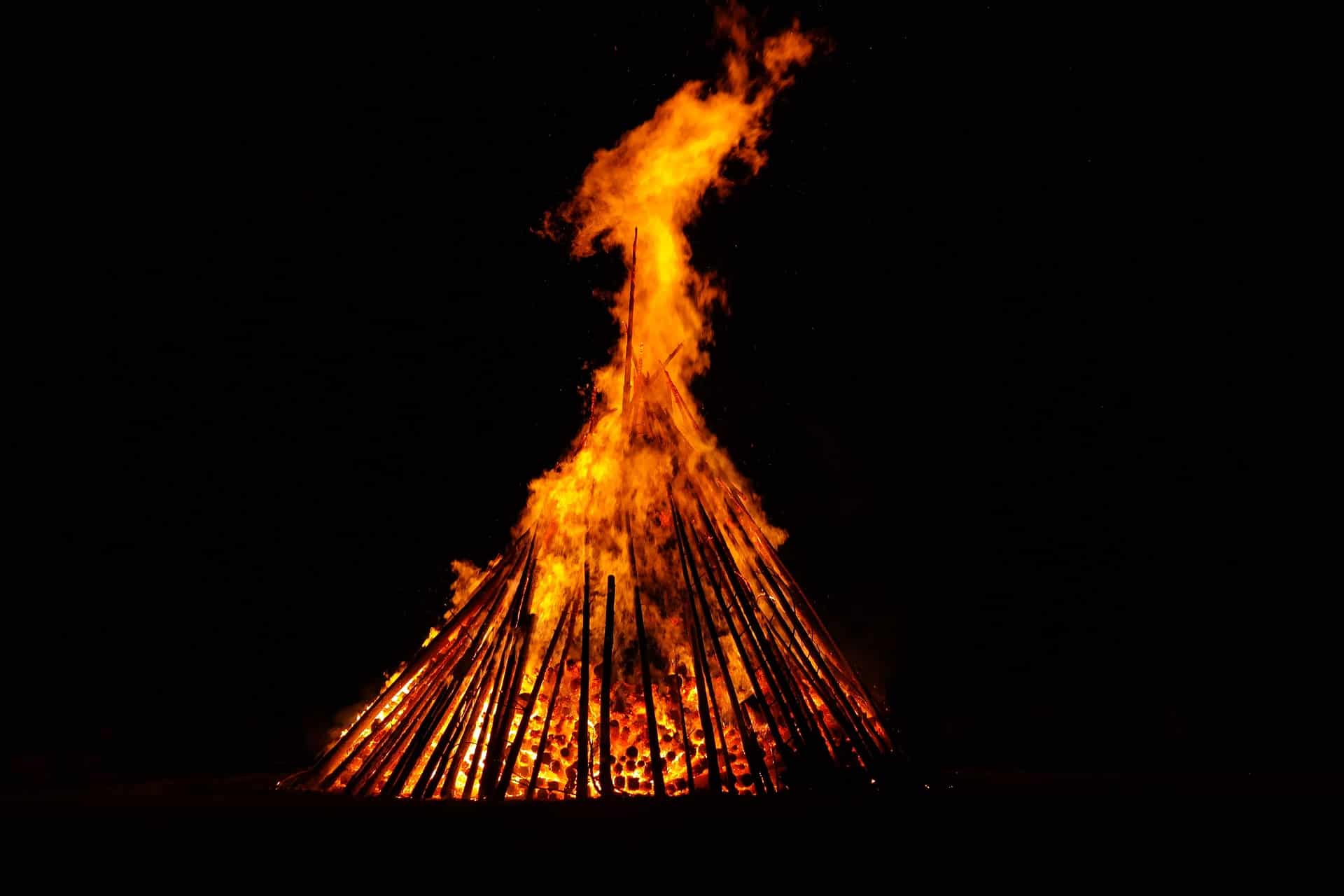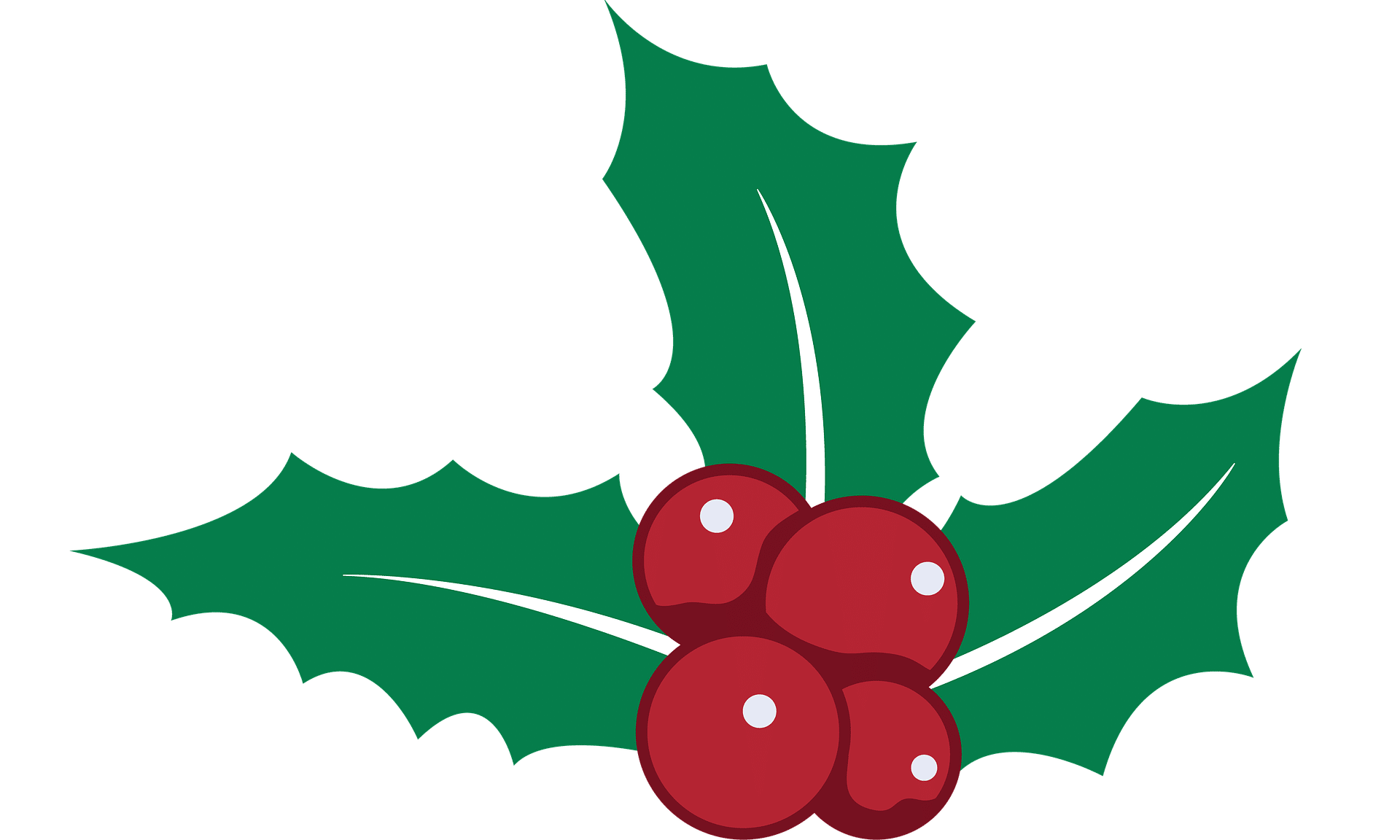
Did you know they exist traditions y rituals related with the solstice winter in Spain and around the world? Everything is connected like a cycle of life and today we will take you on a wonderful journey through of traditions y rituals linked in particular to the Facilities of the Winter Solstice.
The winter solstice falls every year between the 21 and the December 22 and marks the beginning of the coldest season. Various very old traditions and legends revolve around this moment of transition.
wait to return to the light
El period of the year preceding the Winter Solstice called Advent, which means Wait. What are we waiting for?
The answer for many is: we look forward to Christmas. We can say that this is certainly true, but for a long time the ancient towns of europe they were waiting for something that was very important to them and that we value less today, the return of sunlight, or rather the lengthening of daylight hours.
El solstice Winter marks the beginning of the coldest season of the year. This is the shortest day in terms of daylight hours, which from this moment will begin to increase with respect to the hours of darkness.
Why are there more hours of sunlight after this date?
This is all due to the tilt of the Earth's axis and the movement of the Earth relative to the sun during the different seasons. As for this year, the winter solstice falls on December 21 at 22:47 p.m. (Spanish time).
From a scientific point of view, the winter solstice marks the beginning of the astronomical winter. But the importance of the solstice goes far beyond science and astrology. It is lost over the centuries. The solstice, as can be seen from the term that defines this moment of the year, is an event linked to the sun and light.
Solstice comes from the Latin “sol stat” (the sun stands still). During the summer solstice we will have the maximum duration of the day (understood as day) and the minimum duration of the night. The opposite happens during the winter solstice.
The winter solstice in popular tradition
In popular tradition, the winter solstice marks the beginning of a season that has already hides within itself the seeds of spring rebirth. With the progressive increase in daylight hours, nature prepares to wake up.
Winter solstice falls between December 21 and 22 of each year. The sun at the solstice touches the lowest point on the horizon. From the solstice, the "power" of the sun, represented by its light, will begin to grow again.

The solstice in different parts of the world
Not everyone knows that the date of the day of Christmas was fixed on December 25 by Pope Julius I precisely for reasons related to the solstice, as an ancient pagan festival of the sun. It was probably about replacing the traditions of the past with Christian celebrations. In the Germanic world the winter solstice corresponds to Yule, while in the druidic tradition we speak of alban arthan, King Arthur's festival of light.
The ancients Saturnalia They had their roots in religious traditions that are lost in days with longer hours of night and that recalled the rebirth of the sun and the return of light as a source of energy and a symbol of power.
With the winter solstice, the darkness and chaos of last year left behind and we prepare to receive a new year full of prosperity. Above all, the pagan winter solstice festivals emphasized the importance of transformation and rebirth. Among the ancient symbols of the solstice we find the mistletoe, which remembers life and regeneration.
In several areas of Spain, the winter solstice is an opportunity to meet, socialize, reflect or meditate to start welcoming the new year.
The winter solstice is still celebrated today with ancient rituals in different parts of the world. Suffice it to say that in Iran Families gather on December 21 to tell each other stories and poems while savoring the fresh fruit, favoring the red one because it is associated with the sun.
In other parts of the world, for example in the India, the solstice is celebrated around January 14 and each region has different traditions in which typical dishes such as rice and cashew nuts stand out.
On December 22, the Chinese celebrate the anniversary by eating a sweet soup called tangyuan together with their families, replaced by the Koreans with patjok.. En Stonehenge Yule is celebrated every year, lighting bonfires and pronouncing curious magic formulas.
shamanic fire ritual
Fire is an element that belongs to many of the ancient solstitial rituals and we can also use it in this transition phase. After making a list of things from the past that we intend to get rid of because they are limiting, we throw the list into the fire asking for the help of the element or a Master we feel close to, to get an indication of the imminent future. If desired, a special shamanic trip can be made for the occasion, but it is advisable to do it in a group guided by an expert figure. Unless you are familiar with the technique.
All popular parties of this period, throughout the month of December, are characterized by the ritual use of fire.
El Roble is plant of the Winter Solstice which was considered by the Celts and the Greeks the cosmic tree, the axis of the world capable of uniting heaven and earth. The tree of the goddess Demeter that with her acorns was the first food for human beings, in fact flour was obtained from the acorns and bread was obtained.
the celtic festival of yule
Yule It's a party celtic traditional which is celebrated on the occasion of the winter solstice. It is a celebration that is part of the Germanic tradition. In pre-Christian Celtic and Germanic traditions, Yule was the festival of the winter solstice.
At paganism y neopaganism, especially in Germanic, represents one of the eight solar days, or Saturday. It is celebrated around December 21 in the Northern Hemisphere and around June 21 in the Southern Hemisphere.
the word yule perhaps derived from Norse Hjól ("wheel") , with reference to the fact that, at the winter solstice, the "wheel of the year is at its lower end and begins to rise."
In the Scandinavian languages, the term Jul has both meanings, Yule and Christmas, and is also sometimes used to refer to other December festivities. The term has also been extended in Finnish languages to indicate Christmas (in Finnish "Joulu"), although these languages are not of Germanic origin.
Not much is known about the ancient Yule celebrations. In the Nordic countries, however, Yule indicated a period of dances, rest and celebrations. In Iceland Yule was still celebrated according to the old tradition in the Middle Ages.
With time holding Yule was adapted to Christianity and became Christmas as we know it today.

Sacred Plants of the Winter Solstice
The mistletoeIt is the sacred plant of the winter solstice and these days it is easy to find it in the Christmas markets. The mistletoe symbolizes life thanks to the translucent white berries that resemble man's sperm. It was already sacred to the druids and is still used as a good luck charm. It is also a symbol of regeneration and immortality.
Next to the mistletoe, another symbol of the solstice is The holly, an evergreen tree characterized by 3 colors considered sacred by the Celts: black/dark green, white and red.
El yule tree has become our Christmas tree. It is evergreen, which keeps its leaves throughout the year, it is a symbol of the persistence of life even in the cold and darkness of winter. The Yule tree represented good fortune for a family, as well as a symbol of fertility for the coming year.
Christmas celebrations are held in Wiccan Neopaganism commemorating the death of the Holly King, symbolizing the old year and the setting sun, at the hands of his successor, the Oak King, symbolizing the new year and the rising sun. In other traditions, the birth of the new Sun god child is celebrated.
Other winter solstice plants: oak and wheat
We will focus in particular on two plants linked to the traditions of the winter solstice: the oak and wheat.
We have chosen these two plants because, among many, they are the ones with the greatest related tradition and the most used. Oak is widely used in rituals that involve the use of fire, while wheat is widespread in the most popular and traditional recipes. We were talking before about the symbology of sunlight linked to the winter solstice, so it can be said that both plants have always been used to remember the image of the sun, light and reborn life.
Rituals and good habits
Such a delicate moment of transition requires calm and therefore, despite the fact that the consumer society encourages us to hurry, we should carve out a few moments of tranquility dedicating ourselves to activities such as reading and meditation. A very simple but effective ritual that symbolizes rebirth is the hot bath. Indeed, the water represents the uterine waters, from which to be tenderly rocked in view of the new life.
Being the Winter Solstice the moment in which the darkness reaches its maximum point, it invites us to look inward, let ourselves be carried away by the darkness, which by its nature reconciles the ability to flow with life, abandoning the thirst for control typical of the vigil. But it's also the right time to get rid of the uncomfortable past and a rather singular ritual handed down to this day consists of destroying the old crockery, throwing away the useless junk to make room for the new.
Another ritual features the call Yule Branch. It is enough to obtain a branch by thanking the elemental spirits of the place where we found it, clean it and decorate it with wish cards. How to make them? Simple, write your wishes on sheets of paper and have other family members do the same exercise if you want. Close the cards, tie them with a ribbon and hang them on the Christmas Branch, which will be placed on the altar of your house.
The traditional Christmas ritual is a vigil held from dusk to dawn during the longest night of the year, corresponding to the night of December 21, winter solstice.